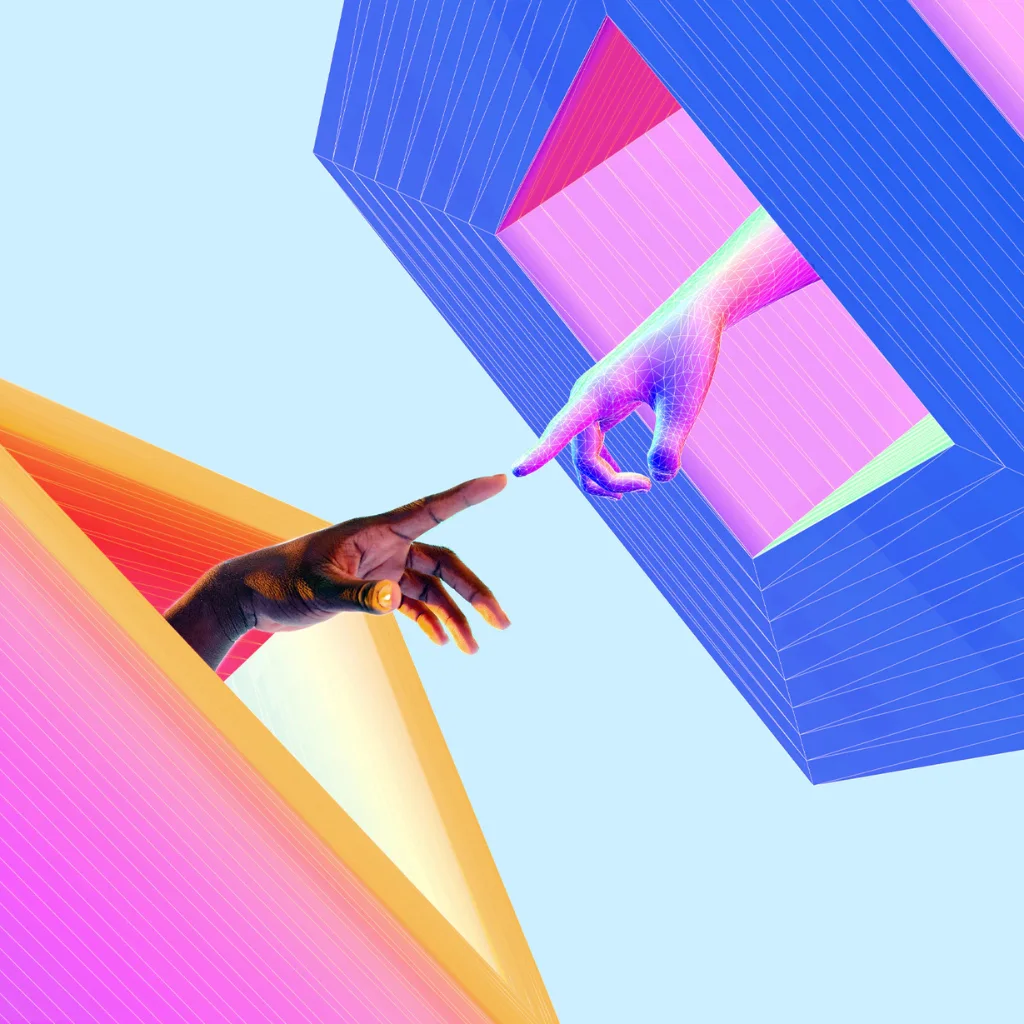Web3 Tools That Actually Make Sense: A Timeline of Progress for Everyday Users
Web3 Tools: From Confusing to Kinda Great—A Timeline for Everyday Users
Let’s face it—Web3 didn’t exactly start user-friendly. In its early days, it was all seed phrases, strange interfaces, and “wait, what’s gas?” But fast forward to today, and things have changed. Slowly but surely, Web3 tools are becoming tools you might actually want to use.
Here’s how we got here.
2017–2018: Web3 Tools like Wallets Were for Crypto Nerds Only
Back then, the term “wallet” mostly meant MetaMask—and even that required a bit of courage. You had to write down your seed phrase, triple-check every transaction, and hope your computer didn’t crash mid-transfer. It felt like programming your own bank account.
Still useful, but high barrier to entry.

2019–2020: Web3 Tools like Browsers Start to Catch On
Privacy-first browsers like Brave entered the scene, showing that Web3 could blend into something as familiar as your daily browsing routine. With built-in wallet support and a way to earn small rewards via BAT tokens, Brave quietly brought Web3 into people’s lives—no coding required.
Milestone: Web3 enters your tab bar.
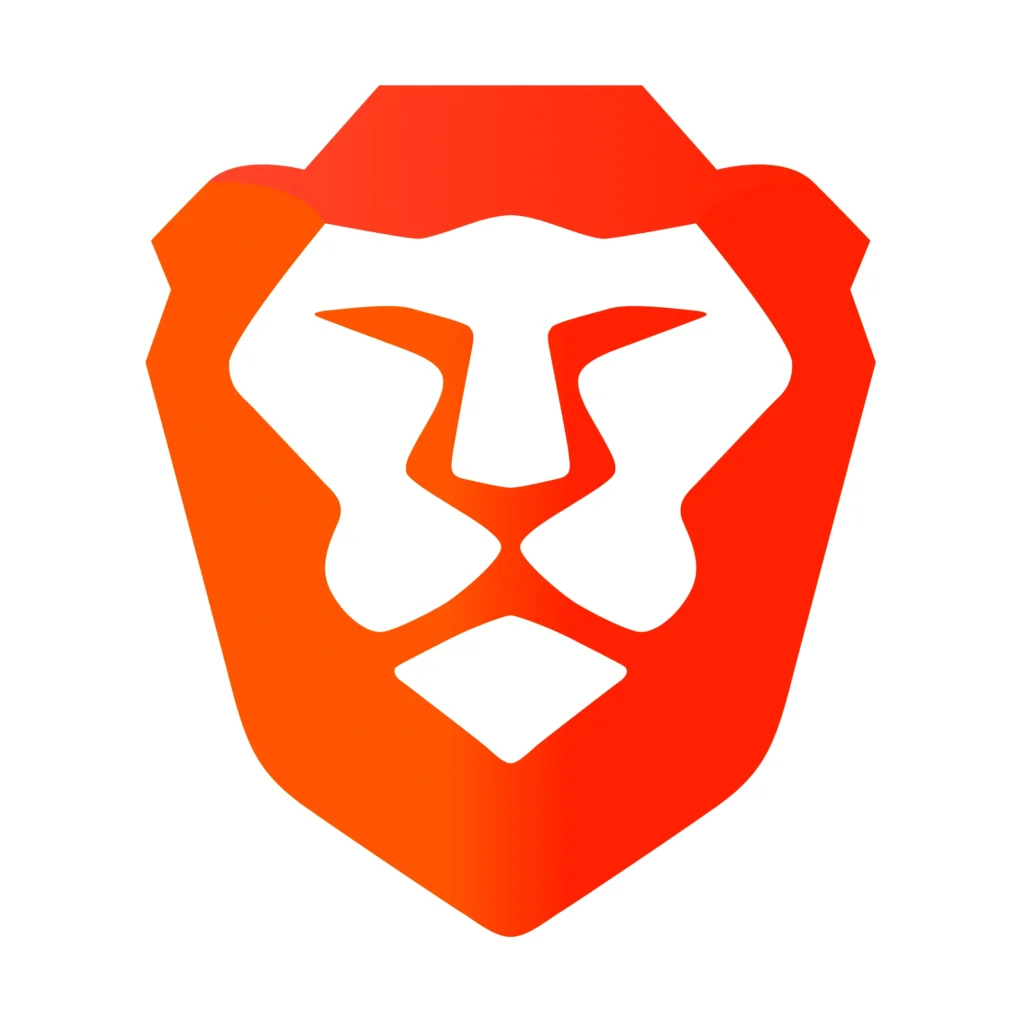
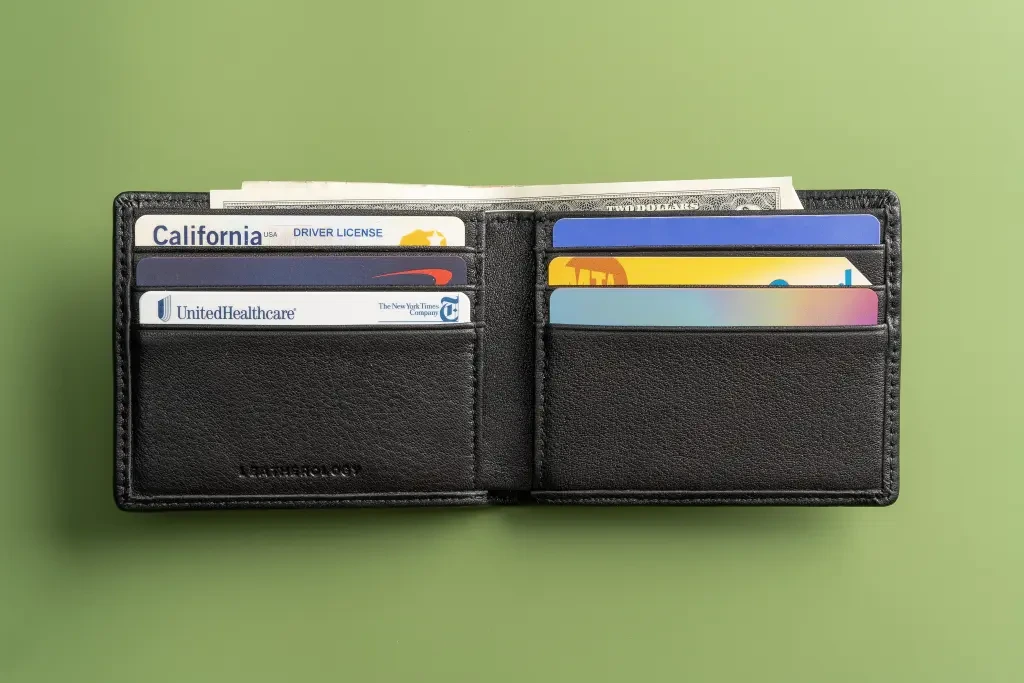
2021: Social Experiments Begin
With the NFT boom came a wave of new platforms—not just for trading jpegs, but for rethinking social interaction. Projects like Lens Protocol and Farcaster launched with the idea of user-owned content and identity. Meanwhile, Bluesky began flirting with decentralized principles too.
A new idea emerges: What if you owned your followers?
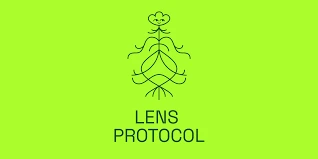
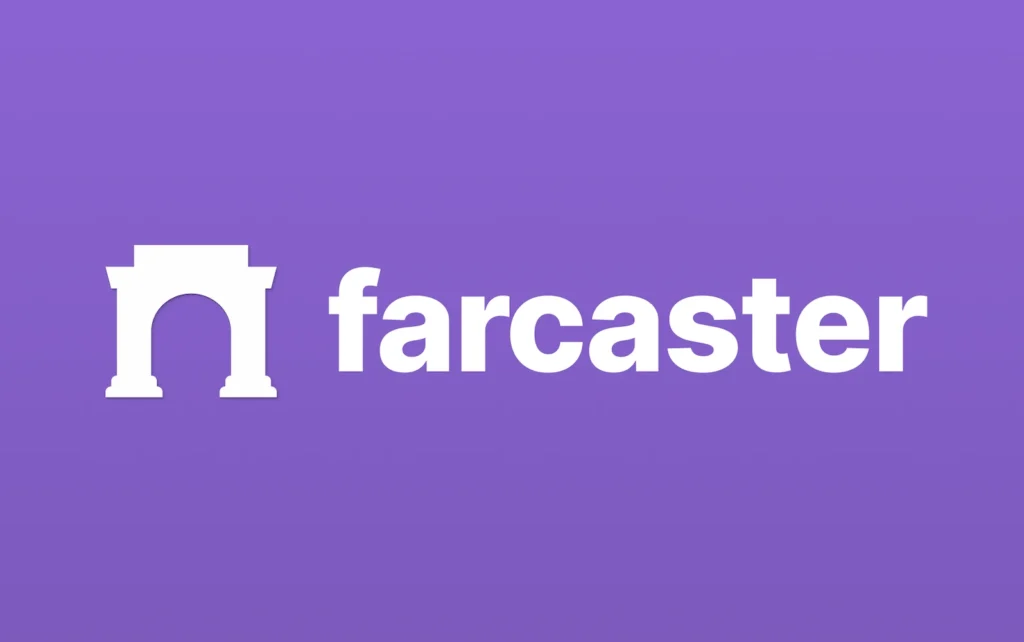
2022: Wallets Get Smarter
The old “write down your seed phrase and pray” model started to feel dated. Tools like Argent introduced smart wallets that let users recover accounts with trusted contacts—no scribbling down 12 secret words.
Meanwhile, newer wallets like Rabby and Frame focused on clarity—letting you see exactly what you’re signing before clicking “approve.”
Security meets simplicity.
2023: NFTs Grow Up
No longer just monkey pictures. Platforms like Manifold, Zora, and Highlight helped creators launch NFTs as membership passes, event tickets, or even community access tokens. No dev skills required.
NFTs become tools, not just collectibles.
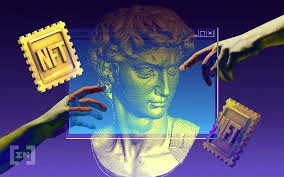
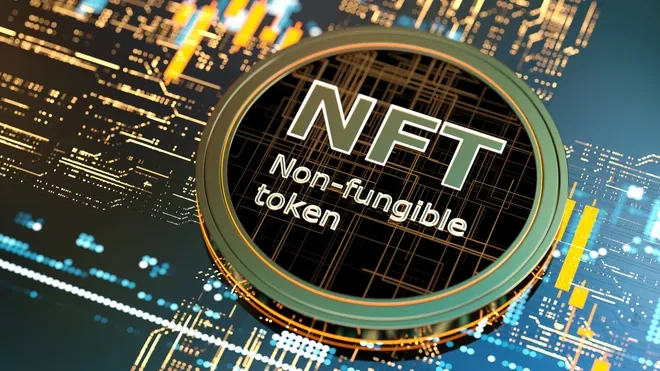
2024: Real UX Improvements (Finally)
It used to be that Web3 apps made you feel like you were flying a spaceship blindfolded. Now, interfaces are getting cleaner, documentation is written in plain English, and even TikTok is full of walkthroughs.
Most importantly, tools are being designed with everyday users in mind, not just early adopters or engineers.
Web3 starts feeling like… regular apps.
2025: The Present Moment—Almost There
So where are we now?
· Wallets like MetaMask, Argent, and Rabby feel more like apps than protocols
· Browsers like Brave quietly integrate Web3 into your day
· Social tools like Farcaster and Lens give you ownership
· NFT tools make creation accessible—even fun
Sure, it’s not perfect. There are still fees, clunky moments, and the occasional error message that makes you go “???”. But the shift is happening.
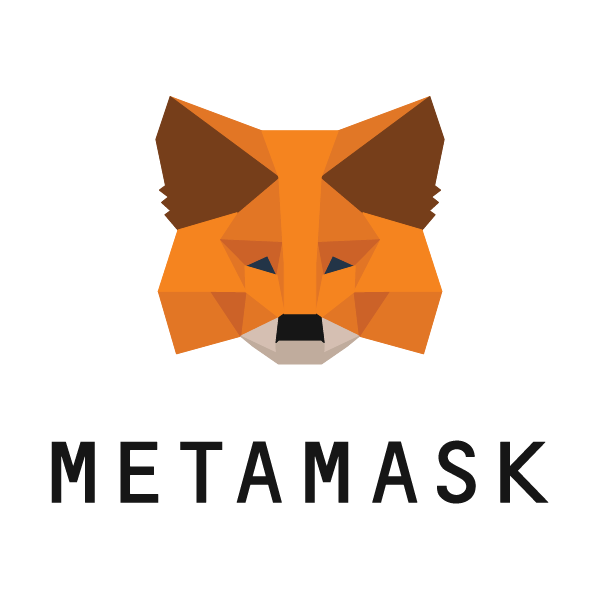
Final Thoughts: From Dev Toys to Daily Tools
Web3 started out rough—no doubt about it. But step by step, it’s evolving into something that works for more than just hardcore crypto fans.
Today, you don’t have to “go Web3.” You can just… try a tool. Use a wallet. Post on a decentralized app. And see how it feels.
Because the goal isn’t to throw out the internet—it’s to own your little piece of it.
Relevant Link : Here

